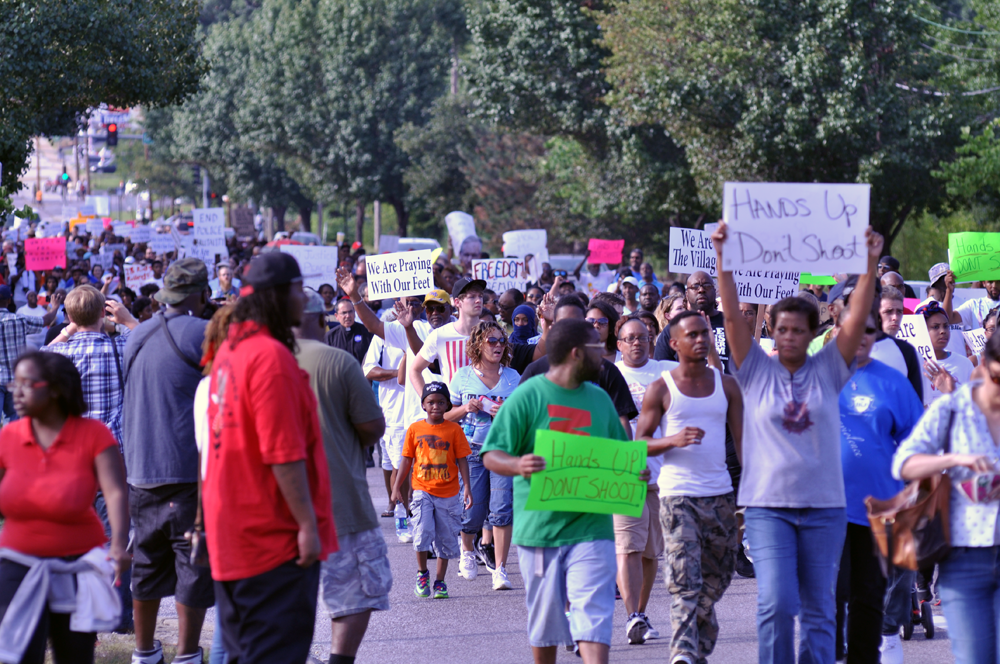Category: Opinions
January 30, 2015
Opinions
Why I Pray Daily About a Pipeline
I have a friend named Art Tanderup. Talkative and friendly with the kind of laugh that exemplifies a down-home joie…
January 30, 2015
Opinions
Thoughts on the Theory of Evolution
Last semester I began considering whether science could answer traditionally philosophical questions. I think this is a common thought for…
January 26, 2015
Opinions
Economics // 2015 Fiscal Prediction
As I write this January 1st 2015, I am truly optimistic about this year’s economic outlook and unlike many experts…

January 26, 2015
Opinions
On Free Speech: Charlie Hebdo
On January 7, 2015, the French satirical magazine Charlie Hebdo made international headlines after two gunmen entered its office in…

January 26, 2015
Opinions
“Please Silence Your Phones.” Now.
Many of you may have watched the Oscar-winning film Her last year and if you didn’t, then you should. The…

January 26, 2015
Opinions, Letter to the Editor, Opinions
Letter to the Editor Issue 12
Dear Editor, I was disappointed with the news article “Riots in Ferguson Cause Unrest” in the last …

January 26, 2015
Opinions, Letter to the Editor, Opinions
Letter to the Editor Issue 12
Dear Editor, Regarding last week’s letters, it seems that Ms. Wool, class of ’16, and Mr. Oliver,…

December 08, 2014
Opinions
Justice for Michael Brown
Following the grand jury decision to not indict Darren Wilson for any crimes in the killing of Michael Brown, the…
December 08, 2014
Opinions
Third Gender: A Push for Inclusion
Female and male. Woman and man. American society is ruled by an overwhelming tendency to divide the human population into…
December 08, 2014
Opinions
The Hunger for Violence
Over Thanksgiving break I went to see the third movie of The Hunger Games series, of which I have read…
